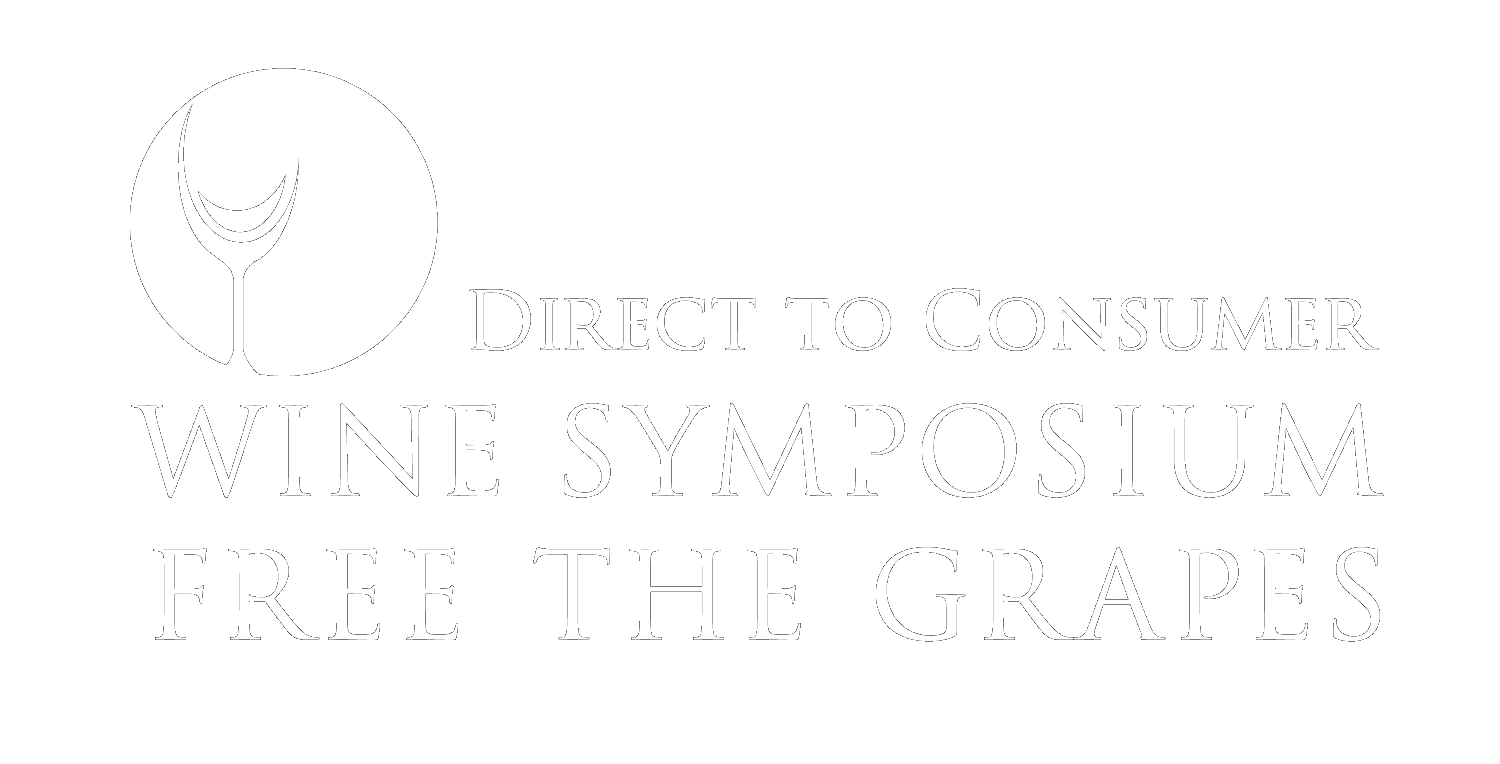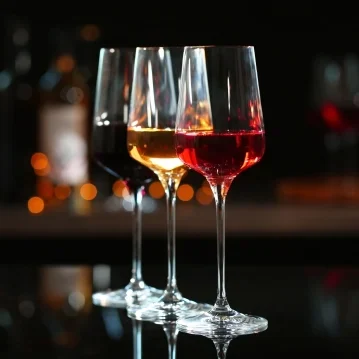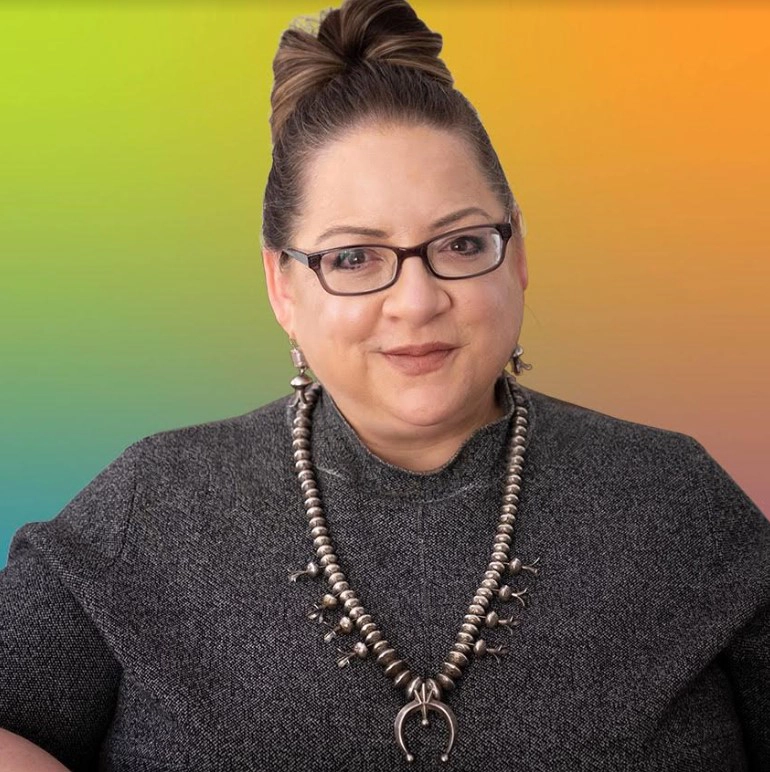Susan DeMatei | President, WineGlass Marketing
Lately, I’ve noticed a growing trend: wineries eliminating tasting fees to boost foot traffic. The logic is simple — if fewer people are visiting, let’s remove the financial barrier. Make the experience free, and surely more will come.
I get it. I really do. On the surface, it makes sense. But I don’t believe it will work. Why? Because it’s a logical solution to an emotional problem.
Let me explain. I don’t like hats. I don’t think I look good in them, and I’ll usually give away any promotional baseball cap handed to me. So if you asked me to buy a hat, I’d politely decline. And if you returned and said, “Well, now it’s free!” — I’d still say no. Because the price wasn’t the problem.
Right now, wine country has a hat problem. Visitors aren’t declining because of tasting fees. They're declining because the experience doesn't resonate. It doesn't align with how younger consumers want to spend time, connect with others, or share their lives.
Let’s talk about those younger consumers for a moment.
Gen Z is driven by curiosity, exploration, and authenticity. They crave experiences that are social, sensory, and shareable. They’re not looking to be lectured on residual sugar or told they “should” appreciate Burgundy clones. They want to explore wine on their terms, ideally in a setting that feels fun, welcoming, and — let’s be honest — Instagrammable.
Millennials, on the other hand, are entering their parenting years. Their leisure time is increasingly precious, and when they go out, they prioritize meaningful connections with their families, partners, or close friends. They aren’t necessarily rejecting wine. But they reject formality, pretension, and the time-suck of a rigid tasting itinerary.
So if we remove tasting fees but change nothing else, what exactly are we inviting them back to?
This isn’t just anecdotal. According to a 2025 SVB Direct-to-Consumer Wine Survey, tasting room visitation across nearly all age groups was down year-over-year, with the most significant dip among 21–39-year-olds. Meanwhile, the percentage of Gen Z who say they “regularly” drink wine remains below 10% — and when they do drink, it’s more likely in a cocktail, at home, or in a setting tied to an experience like a concert or food pairing.
That’s the crux of it: experience.
We don’t need to give it away for free. We need to make it worthwhile.
That might mean exploring themes like outdoor cooking, music, maker culture, or hands-on workshops. It might mean offering immersive, 30-minute sessions that allow for curiosity without requiring a two-hour time block. It might even mean rethinking the entire layout of a tasting room to make it feel more like a social space and less like a retail checkout.
And yes — this will require some experimentation. But let’s be clear: lowering the price of an experience that already feels misaligned with today’s visitor doesn’t solve the root problem. It just delays the hard work of reinvention.
Wine country doesn’t need to be cheaper. It needs to be better aligned. With values. With modern leisure time. With how wine is woven into people’s lives today.
The problem isn’t the ticket price; too many people aren’t interested in the show.


